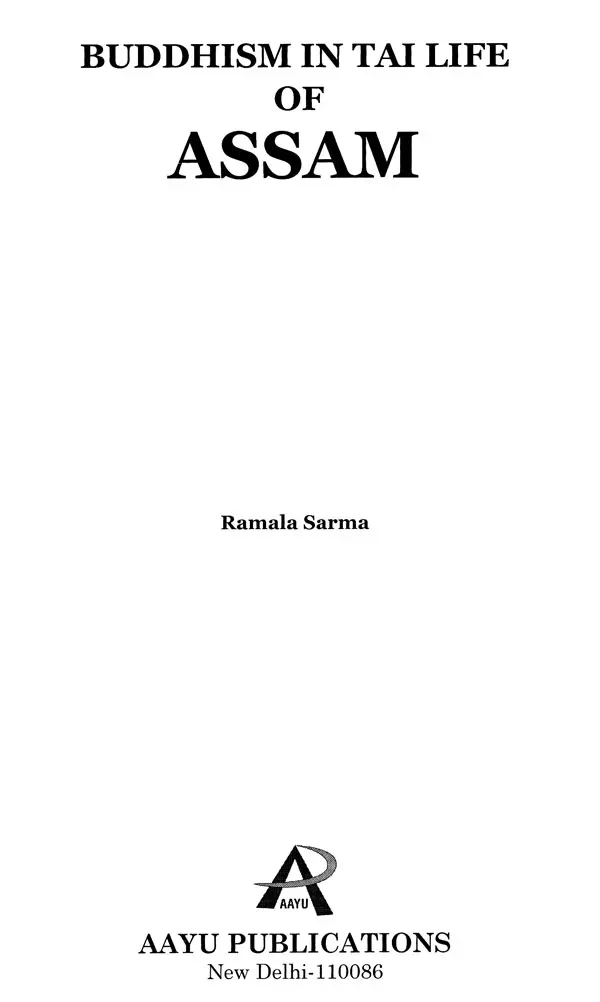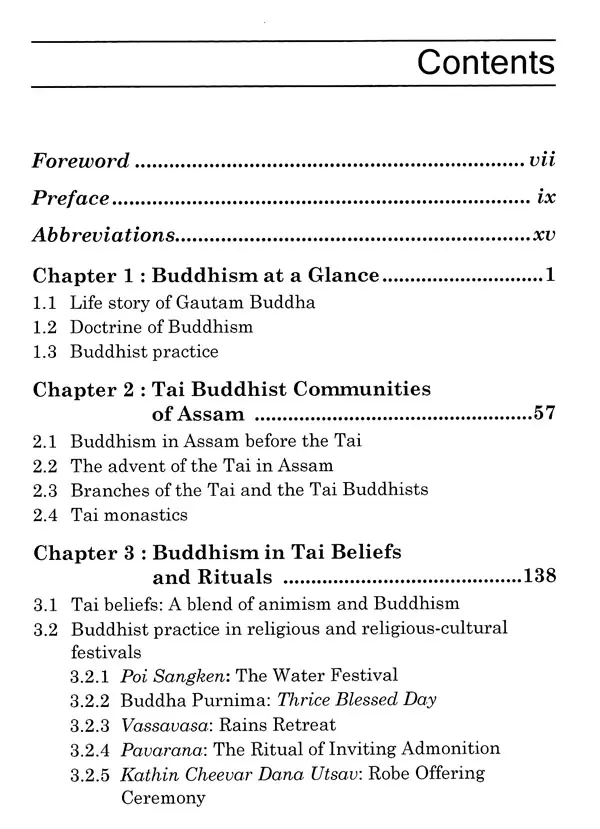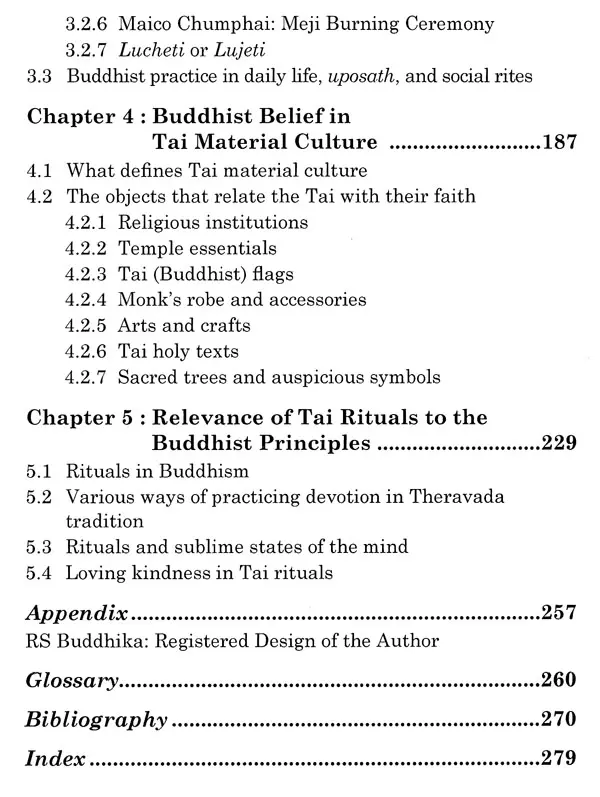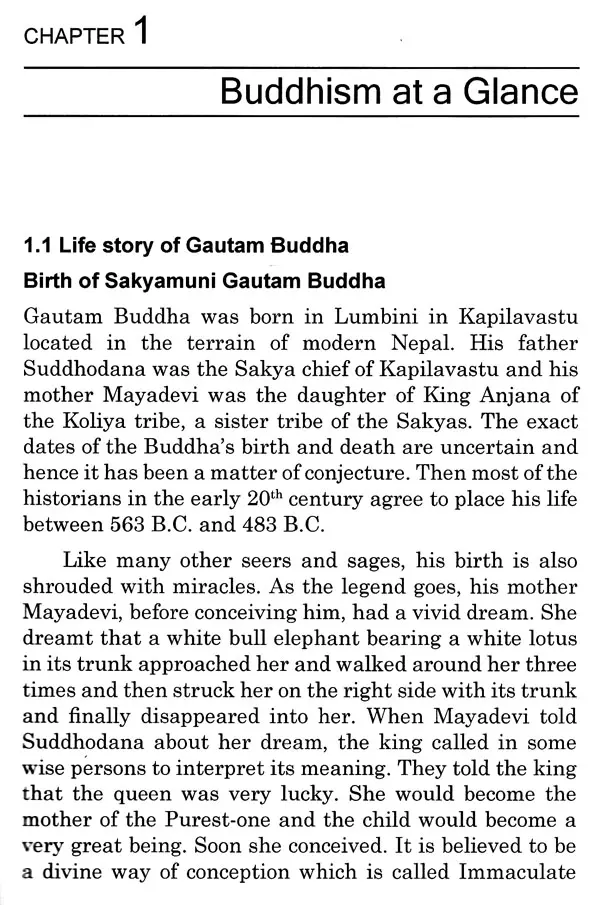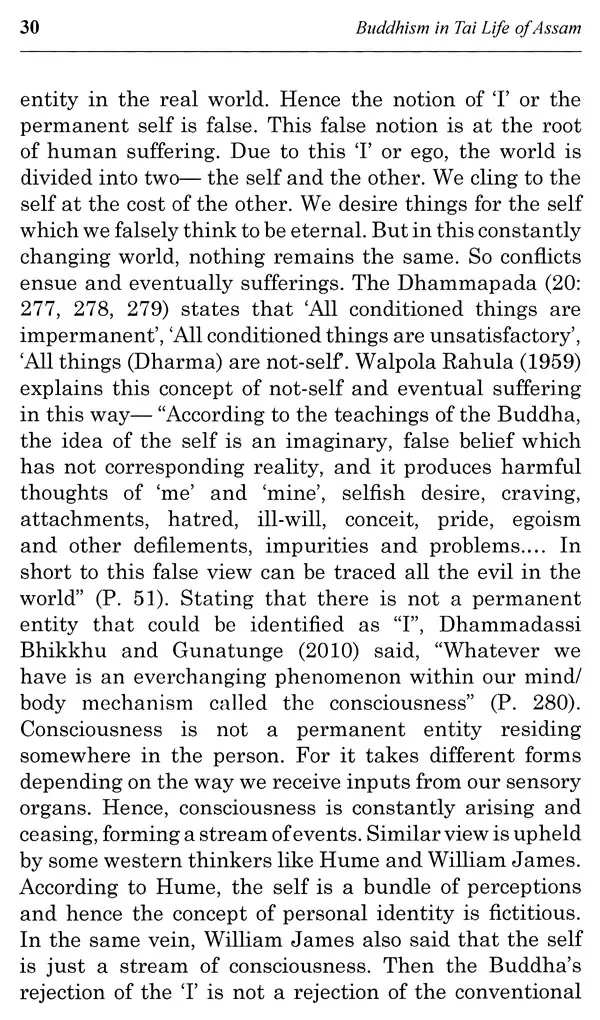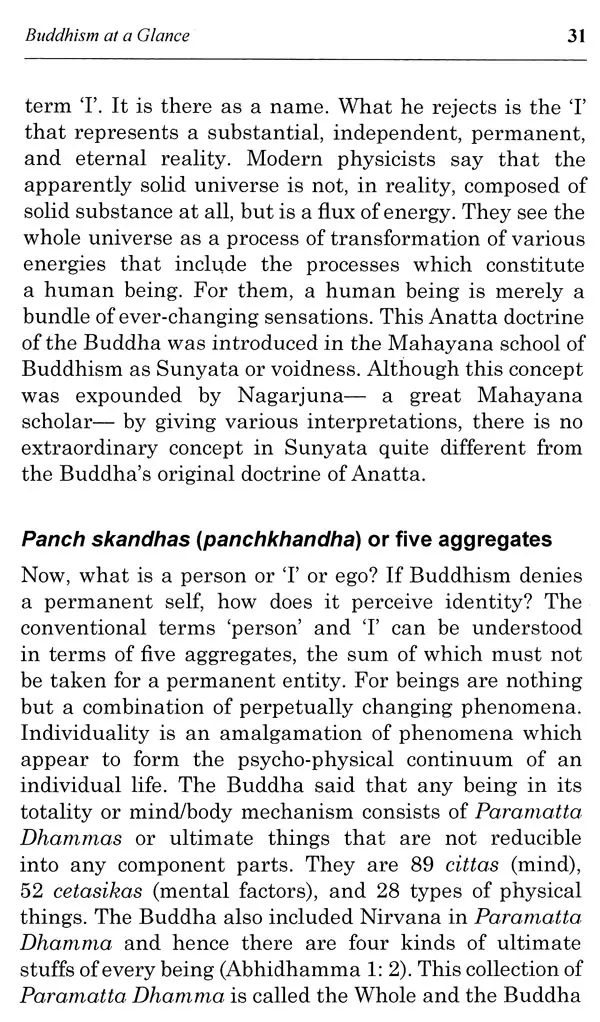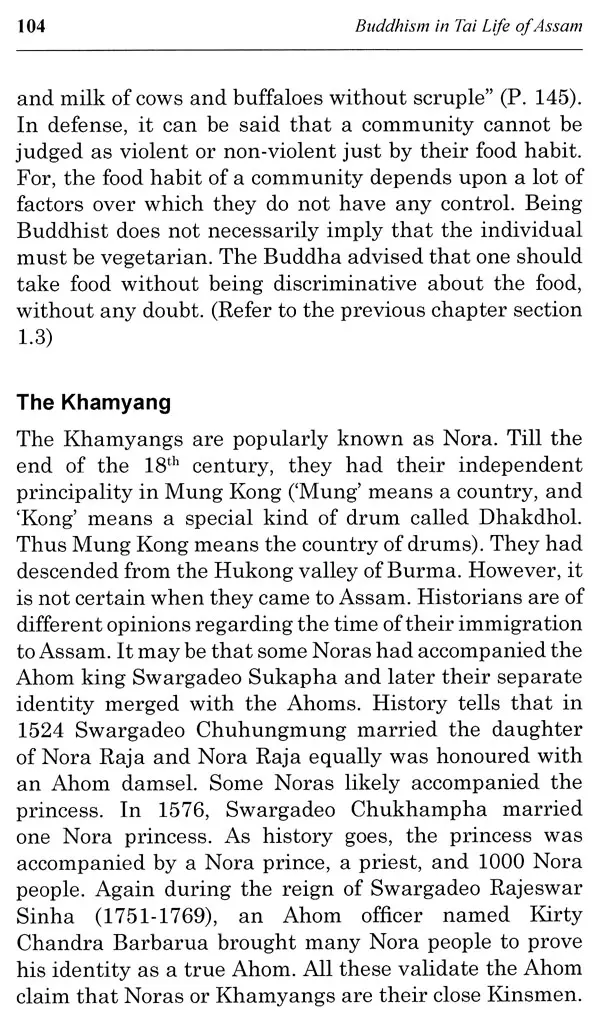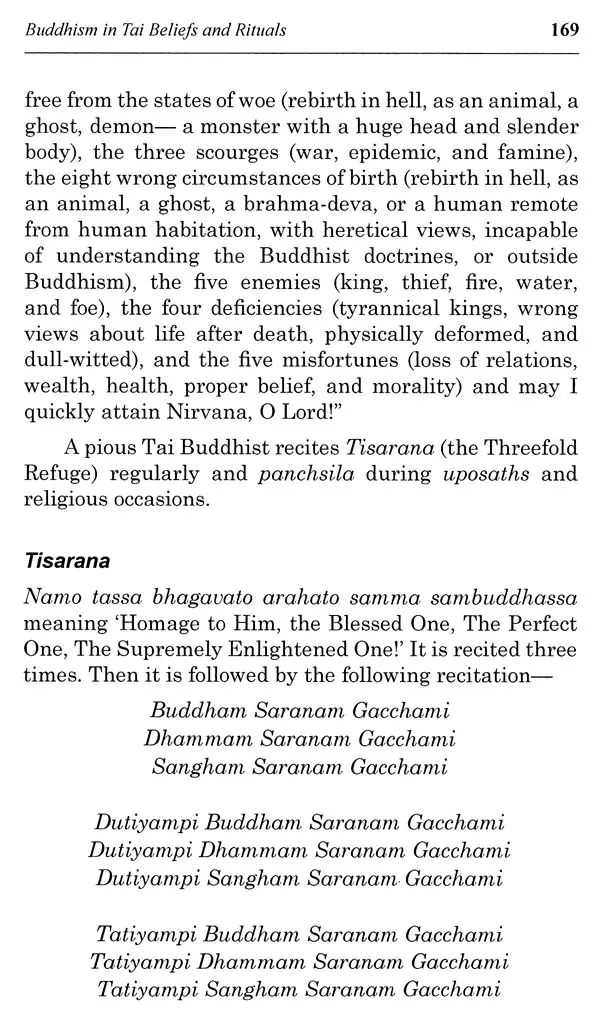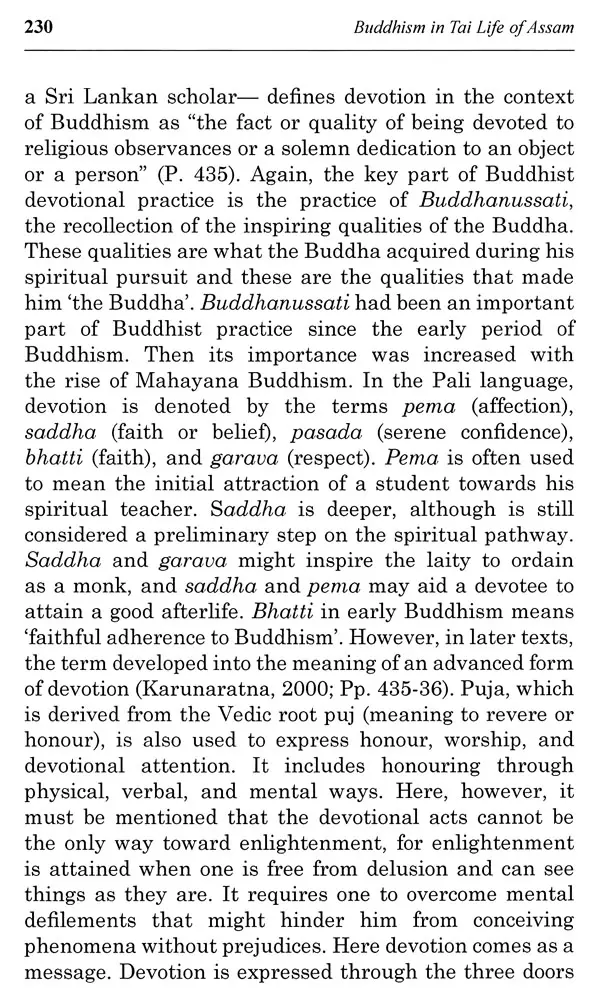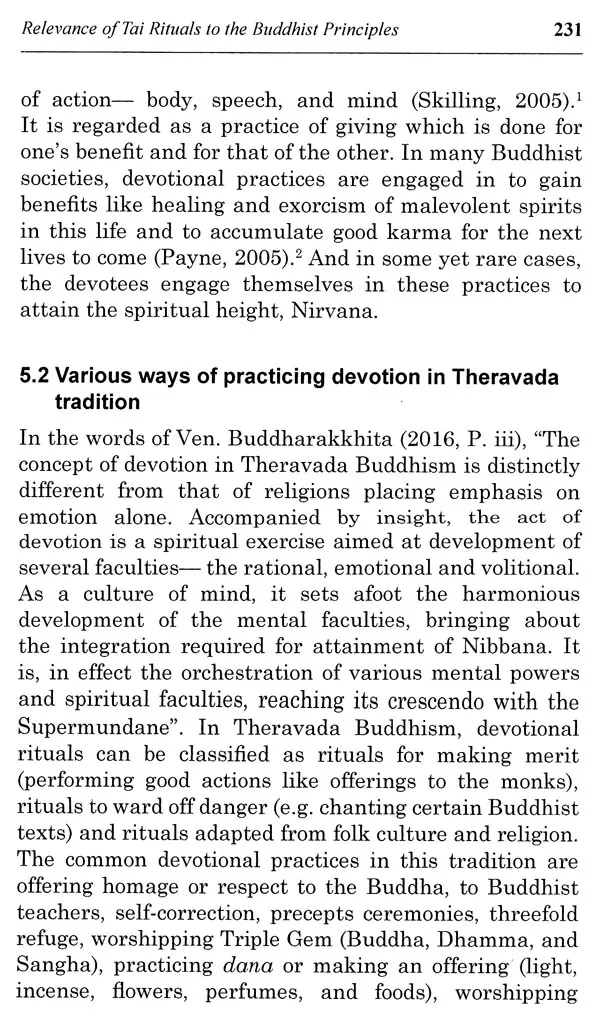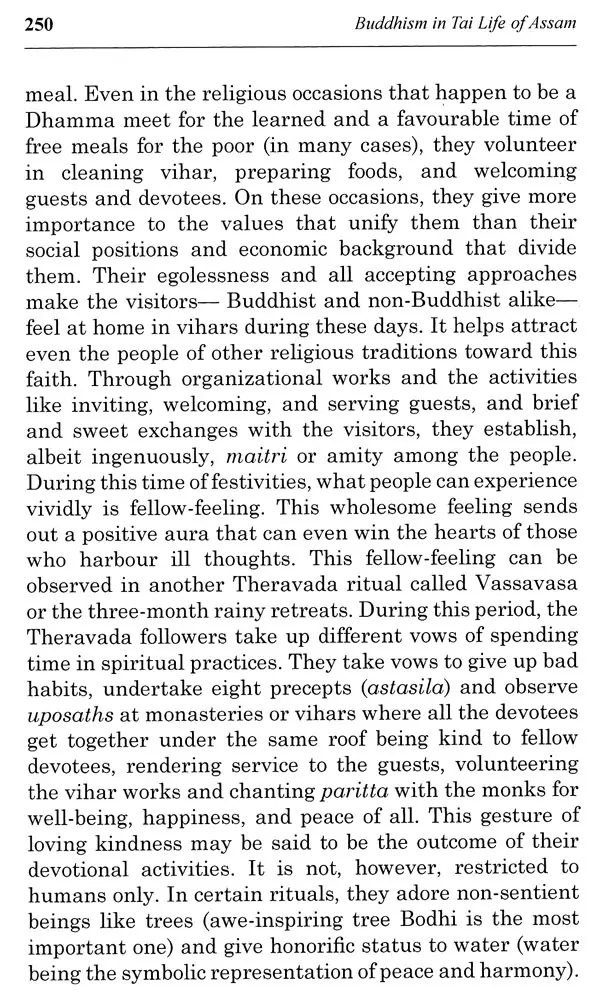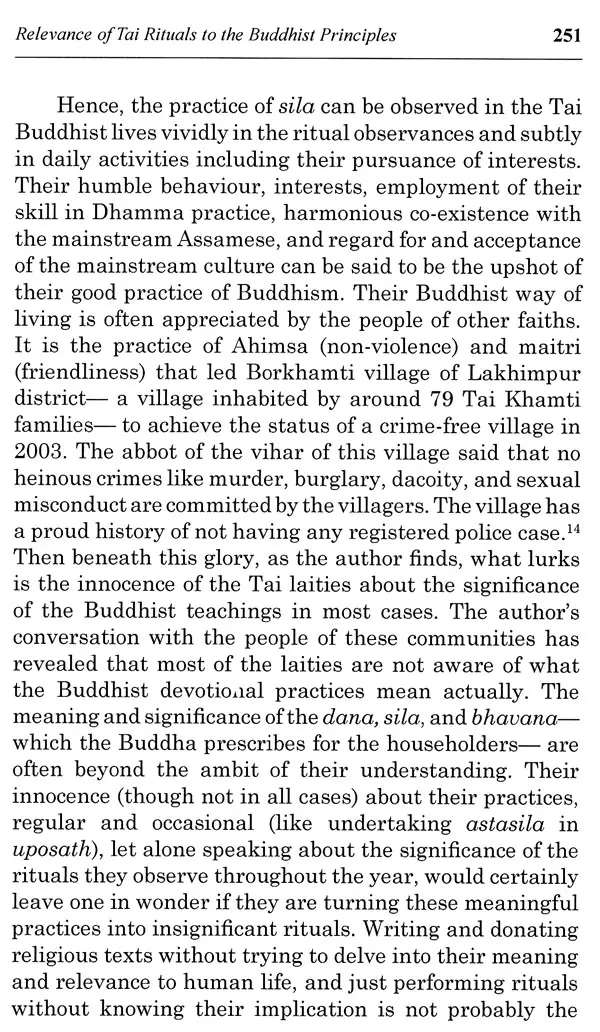
Buddhism in Tai Life of Assam
Book Specification
| Item Code: | UAQ237 |
| Author: | Ramala Sarma |
| Publisher: | Aayu Publications, New Delhi |
| Language: | English |
| Edition: | 2022 |
| ISBN: | 9789391685225 |
| Pages: | 301 |
| Cover: | HARDCOVER |
| Other Details | 9.00 X 6.00 inch |
| Weight | 510 gm |
Book Description
Perhaps Assam is a stranger to the world Buddhist family when it comes to Buddhism and Buddhist practice. Then this landmass has been a place of tantric and Theravada Buddhism alongside Hinduism, Jainism, Sikhism, Sufism, and 15th-century Neo-Vaishnavism of Srimanta Sankardev since the time immemorial. This book beautifully portrays the Theravada practices of the Tai Buddhist communities, viz, Phake, Khamti, Khamyang, Aiton, and Turung, living in Assam with a brief account of Buddhist philosophy and Buddhist history of Assam. The work is an outcome of the author's arduous research on these communities through the lens of Buddhist philosophy and practices.
Ramala Sarma is an Assistant Professor in Philosophy at Nowgong College (Autonomous), Assam. A prolific writer, Dr. Sarma has authored several books out of which Theories of Universals and Yogasana: A Stepping-stone to Cittavrttinirodha have earned wide popularity from the readers. Yoga, Buddhism, Buddhist Psychology, and Tai Buddhism have been her research interest. She has also an interest in Transhumanist studies. Passionate about Buddhist philosophy and practice, she is continuously studying the lives and philosophy of the Buddhist communities of Assam and beyond. Recently, her innovative design work on the material culture of the Tai Buddhist has got registered in the Patent Office, Kolkata, Govt. of India. Dr. Sarma's latest work is Understanding Mind, Consciousness and Person.
I had the good fortune to meet Dr. Ramala Sarma for the first time at the International Seminar on Orality: The Quest for Meaning, hosted by Department of English, Bodoland University, in 2016. I was then Head of Department of Folklore, Philosophy and Religion at Faculty of Humanities, Naresuan University, Thailand, and was invited by the host university to present a paper and also to chair one of the panel sessions in which Dr. Ramala Sarma was a presenter. I can recall clearly that she gave an impressive presentation of aspects related to Buddhism in Assam. On that day we exchanged academic views in a long conversation, and we have stayed in contact ever since.
Four years after that conference, Dr. Ramala Sarma sent me the wonderful news that she had just completed a new book titled Buddhism in Tai Life of Assam. She asked if I could write a foreword for her book, which was a tremendous honor on my part. I have no reservation regarding Dr. Sarma's expertise, and after reading the abstract that accompanies the book, I am filled with admiration for her tireless studies to systematize and present the history and existence of Buddhism of the Tai of Assam in Northeastern India whose religious and cultural diversity is captured perfectly in the book in both abstract and concrete manifestations through Lord. Buddha's philosophical teaching, practical guidance and various related sects and rituals.
Back in 2011 when I was writing my book Theories of Universals, the topic that inspired me to work more and thus helped me in picking up my next subject of study was the Buddhist theory of Apohavada. As I started reading Buddhism, I came to learn that it is more of a practice than a mere theory. It seemed to me that Buddhist doctrines can be fully understood if they are applied in real-life situations. For, it is a path of happiness and enlightenment. I visited different places in India where the Buddhists inhabit and the places of Buddhist importance as well. Through my field visits. I became familiar with different traditions, their practices, and the difference, albeit a little, between them. The serenity of the Buddhist practice and the humbleness of the followers always delighted me. An author by choice, I began writing on different issues of life through the lens of how I understood Buddhism. My thoughts and writings on Buddhism helped me explore more about the subject. I was amazed to know the universal applicability of the Buddhist teachings. Initially, my study was general, viz... Buddhism in general. Later, as curiosity drove, I thought to take up Assamese Buddhism as my area of research. In Assam, Tai, Tangsa, Singpho, Mann, Chakma, Barua, and Tamang are the Buddhists. Except for the Tamang. all are Theravada followers. Though I am interested in all the Buddhists of Assam, I thought to start from the Buddhist branches of the Tai (Phake, Khamti, Khamyang, Turung, and Aiton) most of whom live in the middle and upper Assam, and some parts of Arunachal Pradesh. Hence my field study goes beyond the frontier of Assam. Because I wanted to make my study an exhaustive and authentic one.
This naturally cost me a lot of leg-works mostly in interior Tai villages, and above all my patience. This, however, never dampened my spirit to learn about these great communities. In the meanwhile, I took financial assistance from UGC, NERO through a proposal of a Minor Research Project to meet my expenses. My initial field visits often left me in hopelessness, for I hardly found any difference between the Tai Buddhists and other Assamese. Most of them follow the mainstream Assamese culture. The challenge that came before me was their assimilation with the Assamese Hindu. This led me to find some unique features of the Tai Buddhist communities that the mainstream Assamese do not have. Here I found their rituals and religious festivals. As my studies in their rituals went deeper, my interest in them grew stronger. I even started practicing their basic rituals like tisarana and panchsila chanting, and offering dana to the monks, while participating actively in all their festivals. Today, as I observe the Theravada Buddhist rituals, I often forget that I do not belong to this faith. This acceptance helped me to shatter the barriers that might come between my faith and theirs, and this, in turn, helped me study the people more closely and sincerely.
Book's Contents and Sample Pages
